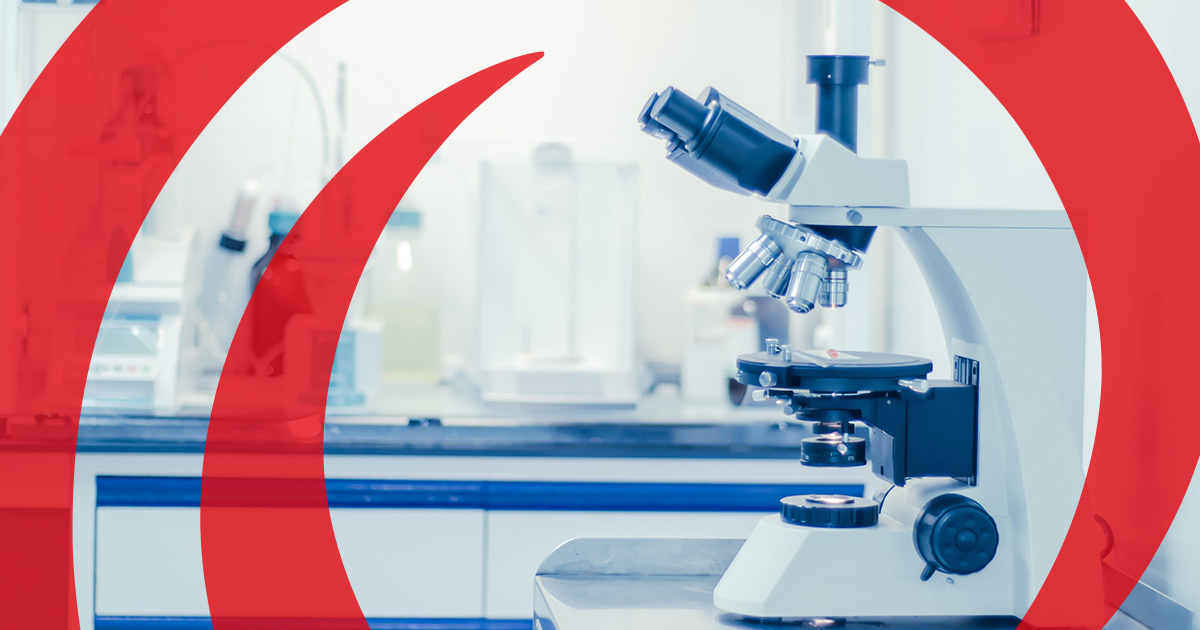
Life sciences companies need to evolve their product development processes to keep pace with increasing demand for innovation.
From the creation of the tetanus shot to the discovery of the smallpox vaccine, the invention of bionic arms to the development of advanced diagnostic equipment, the history of the life sciences sector is defined by moments of remarkable innovation.
But what began as a simple desire to improve the human experience has in many ways evolved into a deliberate response to demand for ever-increasing innovation on ever-decreasing timelines. Among other things, many life sciences organizations face growing pressure from investors to be the first to market with groundbreaking clinical trials and cutting-edge therapies — in a crowded industry landscape, the value of being first across the finish line with a safe, effective drug cannot be overstated.
In response, many life sciences organizations are leveraging new technologies and recruiting top talent from across the globe. But perhaps the biggest adjustment they’ve made as part of their efforts to quickly deliver high-value projects is their adoption of new solution delivery processes — most notably, the adoption of Agile methodologies.
Then and Now: Development Methodologies in the Life Sciences
For decades, legacy waterfall methodologies have largely satisfied the needs of R&D professionals in the life sciences space. By design, waterfall methodologies are highly sequential and pass through a series of phase gates, meaning each phase of development hinges on the success of the phase preceding it. This approach has allowed researchers to keep their projects on track while demonstrating compliance with federal regulations.
Additionally, while waterfall’s rigid, linear methodology can provide repeatable results, it tends to be time-consuming, cumbersome, and resistant to changing requirements. This results in a failure to account for a crucial aspect of the R&D process: new consumers’ needs and expectations.
Conversely, Agile methodologies incorporate consumer insights throughout the development process to ensure the end product meets consumers’ needs and the organization’s critical business goals. Agile is rooted in flexibility, iterative development, and rapid succeed/fail cycles. Projects are broken down into short bursts of activity, known as sprints, and any deliverables that aren’t completed during their designated sprint are either disregarded or rolled into the next phase of development. If the final result doesn’t satisfy the needs of all key stakeholders, researchers quickly head back to the drawing board to work on another iteration.
This “fail fast,” nimble approach to product development can empower life sciences professionals to transform their R&D processes and adaptively meet the demands of all the key internal and external stakeholders in their work.
Addressing the Barriers to Agile Implementation
To date, only a small number of life sciences professionals have cautiously waded into the waters of Agile R&D. Unlike their counterparts in Silicon Valley, life sciences teams work in an environment that can appear antithetical to the Agile mentality, largely due to the regulatory frameworks within which they are required to work. Traditionally, the waterfall methodology has been viewed as more conducive to the stringent regulations that govern the life sciences sector.
But while waterfall’s structured approach to product development directly aligns with the FDA’s emphasis on quality and traceability, that doesn’t mean the flexibility and fail fast mentality inherent to Agile methodologies contravene these regulatory requirements.
Generally speaking, legacy organizational cultures and governance models in the life sciences sector are not designed to foster widespread adoption of Agile. More familiar with regimented legacy processes, many life sciences executives balk at Agile’s rapid decision-making and iterative sprints. In many cases, this fear of change hinders organizations’ ability to remain competitive in today’s shifting markets.
Deploying Agile in the Life Sciences Sector
Ultimately, life sciences organizations that embrace Agile can jump ahead of the competition and garner attention from stakeholders who are ready to invest in rapid innovation. The nimbler these organizations are at meeting the needs of a dynamic market, the bigger their breakthroughs will be, initiating a cycle of success and positioning them as industry leaders.
At SEI, we’ve implemented Agile methodologies with pharmaceutical companies, biotech organizations, medical device manufacturers, and more. The results speak for themselves: overall, our efficient, agility-driven processes have been proven to reduce rework by more than 80%, accelerate speed-to-market by up to 40%, and shorten project feedback loops by 90%. For our clients, these results serve as a catalyst for sustained, unprecedented growth.
To learn more about how partnering with SEI can help your organization integrate Agile into its R&D processes, contact us today.





